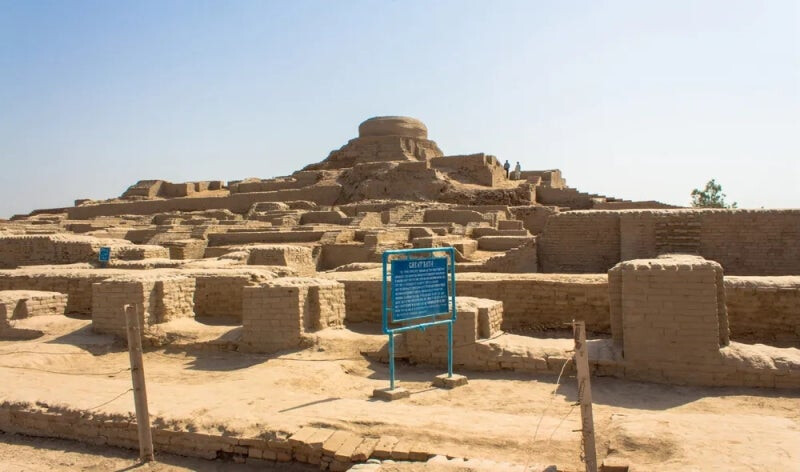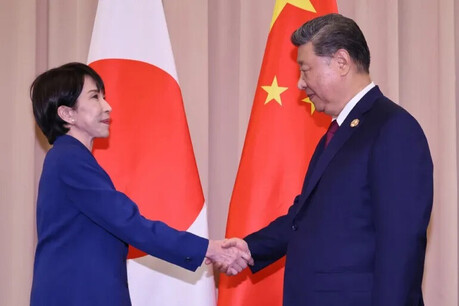
The Indus Valley Civilization, one of the world's earliest urban civilizations, flourished in the northwestern region of the Indian subcontinent, spanning modern-day Pakistan and northwestern India. This ancient civilization, dating back to approximately 5500-1900 BCE, left an enduring legacy and continues to fascinate archaeologists and historians alike.
A Well-Planned Urban Society
One of the most striking features of the Indus Valley Civilization was its highly developed urban planning. Cities like Harappa and Mohenjo-daro were meticulously planned, featuring grid-like street patterns, sophisticated drainage systems, and large-scale public baths. These cities were also equipped with granaries, indicating a well-organized system for storing and distributing food.
A Mysterious Script
The Indus Valley Civilization developed its own unique script, which remains largely undeciphered. Thousands of seals and inscriptions have been found, but scholars have yet to fully comprehend the language used. This has left many questions unanswered about the social structure, religion, and daily lives of the people who created this civilization.
Trade and Commerce
Evidence suggests that the Indus Valley Civilization was engaged in extensive trade with other regions, such as Mesopotamia. The discovery of seals with Indus script in Mesopotamia and the presence of Mesopotamian goods in Indus cities point to a vibrant network of trade routes. This trade network facilitated the exchange of goods, ideas, and technologies.
Decline and Mystery
The Indus Valley Civilization mysteriously declined around 1900 BCE. The exact reasons for this collapse remain a subject of debate among scholars. Theories range from environmental factors such as climate change and river course alterations to invasions from other civilizations.
Legacy
Despite the many unanswered questions, the Indus Valley Civilization continues to be a rich source of study. Its advanced urban planning, sophisticated drainage systems, and thriving trade networks demonstrate the high level of civilization that existed in the region thousands of years ago. The discovery of this ancient civilization has challenged many preconceived notions about the development of human societies and has provided valuable insights into the complexities of ancient civilizations.
[Copyright (c) Global Economic Times. All Rights Reserved.]





























